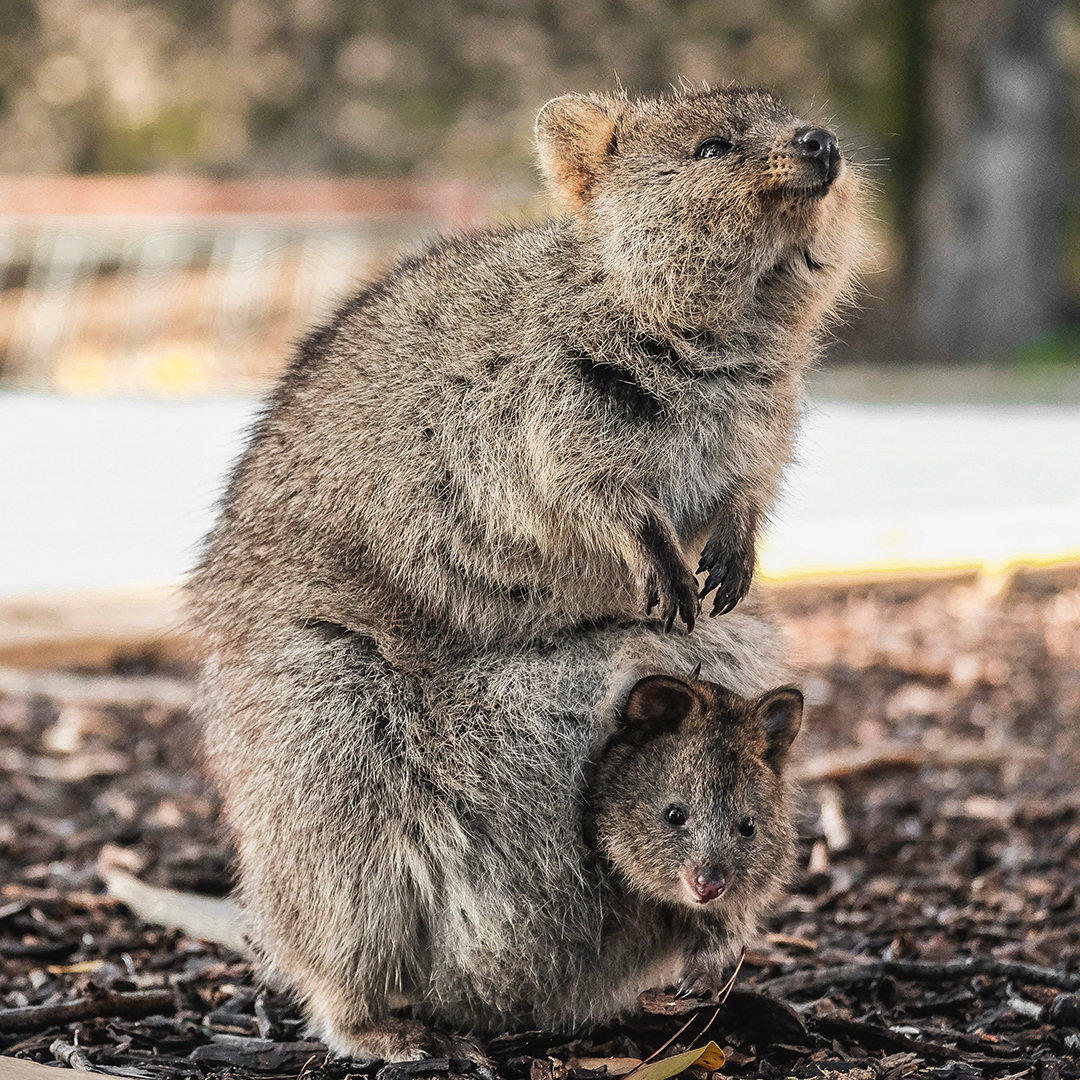
Photo by Christine Mendoza on Unsplash.
Quokka (Setonix brachyuru): a small marsupial about the size of a domestic cat.
Kingdom: | Animalia
Phylum: | Chordata
Class: | Mammalia
Order: | Diprotodontia
Family: | Macropodidae
Genus: | Setonix
Species: | S. brachyuru
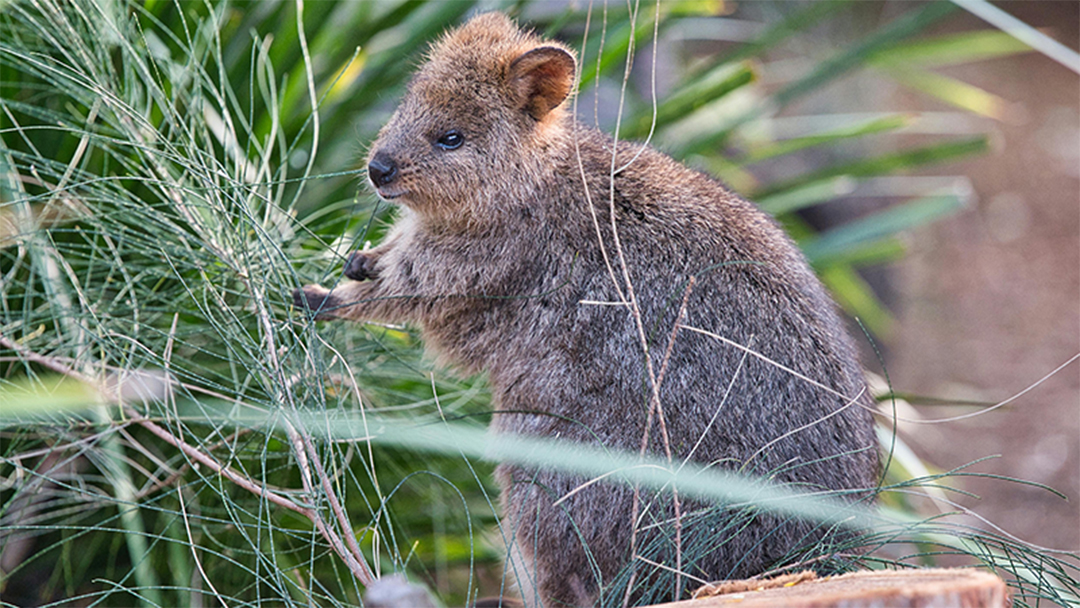
Photo by Federico Abis on Pexels.
Size and Weight:
Quokkas are small marsupials about the size of domestic cats. They are 16 to 21 inches long and weigh 5.5 to 11 pounds.
Appearance:
The quokka has a stocky build with short, rounded ears. Their fur is brownish-grey with a lighter underbelly. The quokka has a short tail, unlike other macropods like kangaroos and wallabies. They’re known for their “smiling” expression due to facial structure.
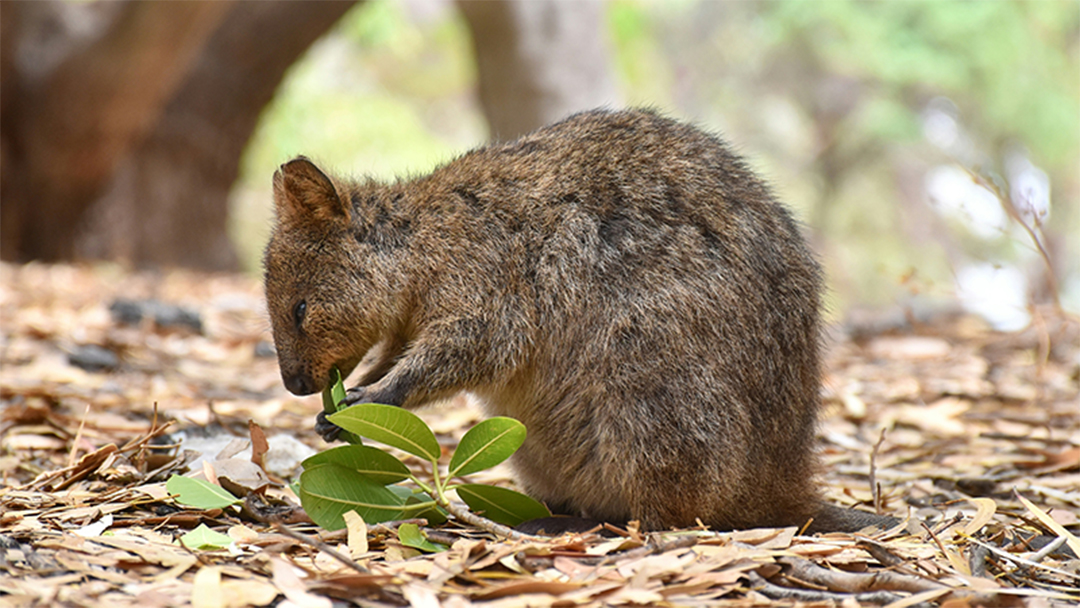
Photo by Mark Stoop on Unsplash.
Diet:
Quokkas are herbivores that eat a variety of grasses and shrubs. They are most active at night, feeding alone or in small bands. When food is scarce, they can draw on stored fat in their tails for energy. They can also survive for long periods without drinking water, as they obtain moisture from their food.
Habitat:
Their preferred habitats are dense vegetation, wetlands, and coastal scrublands.
Geography:
Native to Australia, quokkas are primarily found on Rottnest Island and Bald Island. Small mainland populations exist in southwestern Western Australia.
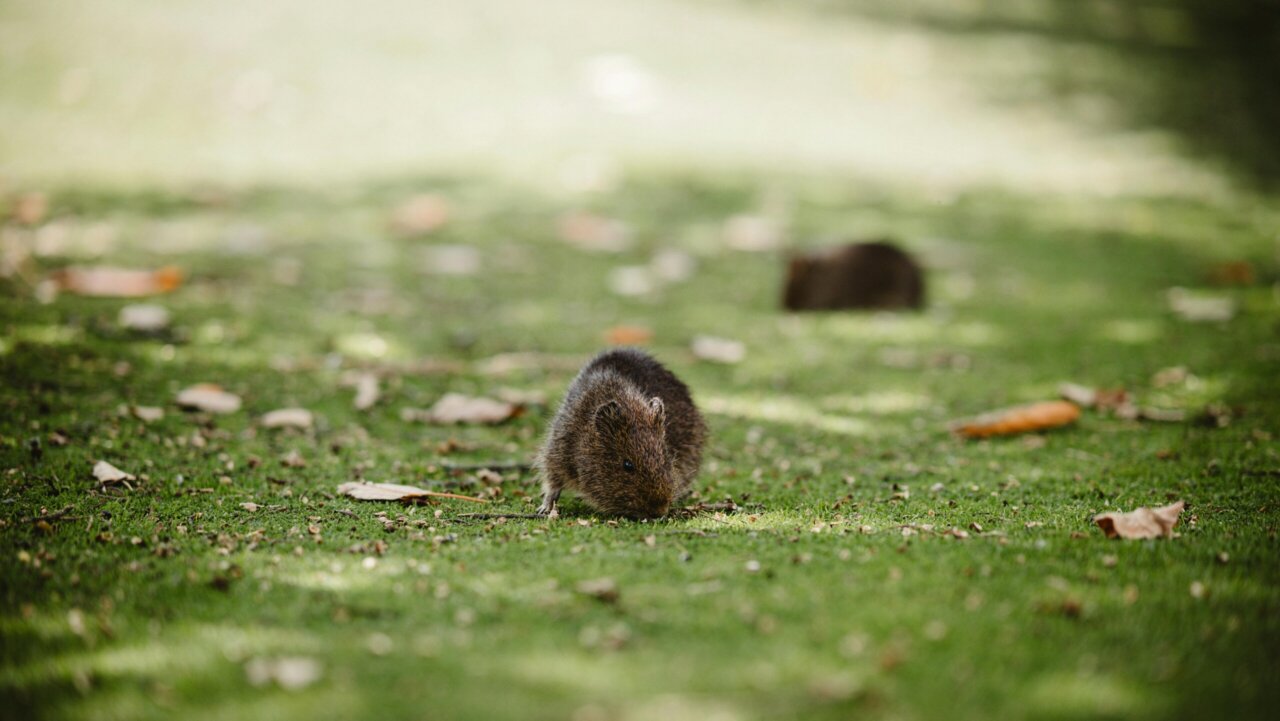
Photo by Sebastian Luna on Pexels.
Breeding:
Quokkas breed year-round, with peak birth periods occurring in late summer. After a gestation period of about 27 days, the female gives birth to a tiny, pink, hairless, and blind joey. The newborn then finds its way to its mother’s pouch, where it stays for around six months.
Quokkas reach sexual maturity at eighteen months of age. On the mainland, female quokkas can produce about seventeen offspring over their lifetime, with two joeys being born each year. However, on Rottnest Island, with a shorter breeding season, quokkas usually only give birth to one offspring per year.
Social Structure:
Quokkas are social animals that live in groups. However, unlike other mammals, they don’t form highly structured social hierarchies. Quokkas are often found in loose groups of up to 100 individuals, especially in areas with abundant food and shelter. These groups are not highly territorial and have overlapping home ranges. Despite their social nature, they do not rely heavily on cooperative behaviors like pack hunting or group defense.
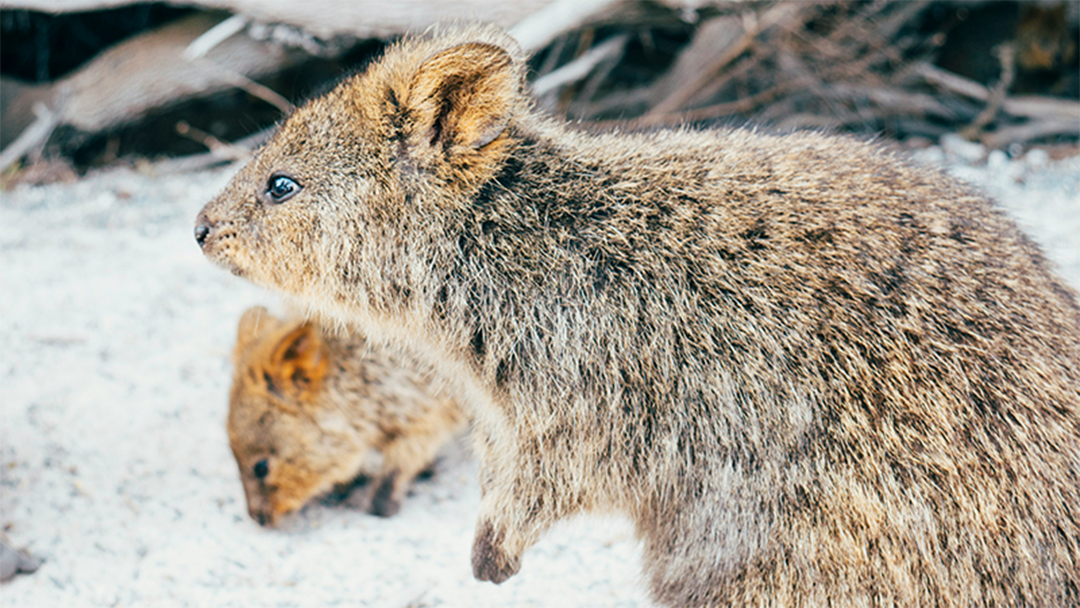
Photo by Susan Q Yin on Unsplash.
Lifespan:
Their average lifespan is 10 years.
Threats:
On the mainland, quokka populations have dwindled due to the increased presence of dingos and European red foxes. The populations found on Rottnest are less susceptible to decline as the island is fox-free. Human activity has also negatively impacted quokka populations. Clearing for agricultural development and the spread of housing and logging have contributed to their population decline.
Conservation Status:
The quokka is classified as Vulnerable by the International Union for Conservation of Nature (IUCN).
Source: The Nature Conservancy and the Australian Museum.